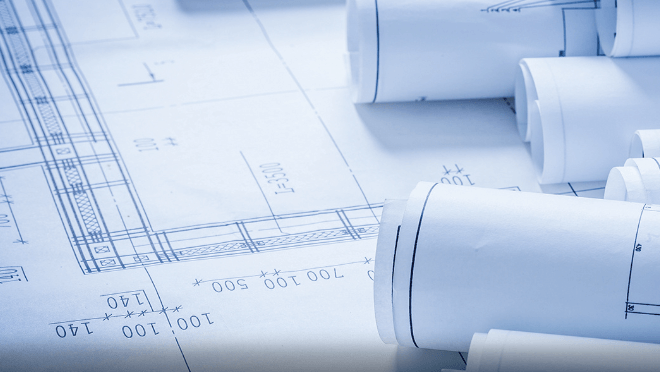Safety Checklists: 5 Things to Include in Your Construction Plan for Job Site Safety

What are the most crucial elements to consider when planning a construction project? How can builders ensure everyone on-site remains safe and secure? A thorough construction safety checklist is vital for maintaining well-being on the job site. These checklists help identify potential hazards and outline safety protocols.
A critical aspect of any building project is the traffic management plan, which aids in organising vehicle and foot traffic and reduces the risk of accidents. Crafting a safety checklist can help manage various aspects of a job site. Below are five essential elements to include in your safety checklist for construction projects.
Site Hazard Identification and Risk Assessment
Identifying potential hazards is the foundation of job site safety. Before starting any construction work, a thorough site examination should be conducted to detect possible dangers. This process involves assessing conditions like uneven terrain, exposed electrical wiring, or hazardous materials.
Project leaders can categorise hazards based on severity to perform a comprehensive risk assessment. This evaluation helps prioritise which areas need immediate attention and allows for implementing preventive measures. Regular risk assessments should be scheduled throughout the project to address new issues as they arise.
Worker Training and Certification Requirements
Ensuring all workers are adequately trained and certified for their tasks is essential. Training programs should include everything from equipment handling to safety protocols for emergencies. Employees must know how to operate machinery safely and what steps to follow if an accident occurs.
- Conduct regular safety drills and simulations.
- Ensure all workers hold up-to-date certifications specific to their roles.
- Provide training for handling hazardous materials, such as chemicals or sharp tools.
- Educate employees about emergency exit routes and procedures.
Proper training reduces the likelihood of accidents and ensures that workers can respond effectively if a situation arises.
Equipment Inspection and Maintenance Protocols
Equipment is a significant component of any construction project, and poorly maintained machinery can pose severe risks. Regular inspections should ensure that all equipment is in optimal condition. A detailed maintenance log can help track when machinery was last checked and identify pieces that require attention.
Inspections should focus on brakes, electrical systems, and hydraulic lines. Tools like scaffolding and ladders must also be checked to ensure they meet safety standards. Preventive maintenance schedules can also help reduce unexpected equipment failures.
Read also Important Considerations To Make When Buying Stone Tools
Traffic and Pedestrian Management Systems
Managing vehicle and pedestrian movement on-site is critical to avoiding collisions and accidents. A well-developed traffic management plan serves as a guide to organising routes and access points effectively. This plan should account for construction vehicles, on-site staff, and visitors.
Traffic flow should be controlled with clear signage and barriers, while pathways for pedestrians must be marked distinctly. Designating separate routes for vehicles and pedestrians enhances safety. Clear instructions regarding speed limits, no-go zones, and loading areas should also be included to minimise confusion.
Emergency Preparedness and Response Procedures
Being prepared for emergencies can significantly improve safety on a job site. A detailed emergency response plan ensures everyone knows what to do in case of an accident, fire, or natural disaster. This plan should outline evacuation routes, assembly points, and communication protocols.
Emergency preparedness also involves stocking first-aid kits and ensuring workers are trained in basic first aid. Furthermore, fire extinguishers, eye wash stations, and spill kits should be readily available in areas where they might be needed. Regular drills and equipment checks ensure the site is ready to handle emergencies.
A proactive approach to safety is essential for any construction project. Builders can effectively reduce risks and promote a secure work environment by focusing on critical areas like hazard identification, worker training, and having an organised traffic management plan. Safety on the job site is everyone’s responsibility, and a comprehensive checklist is an excellent tool for achieving this goal.





